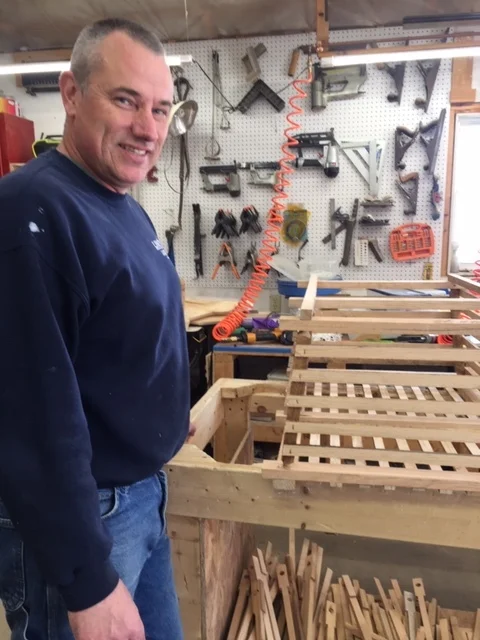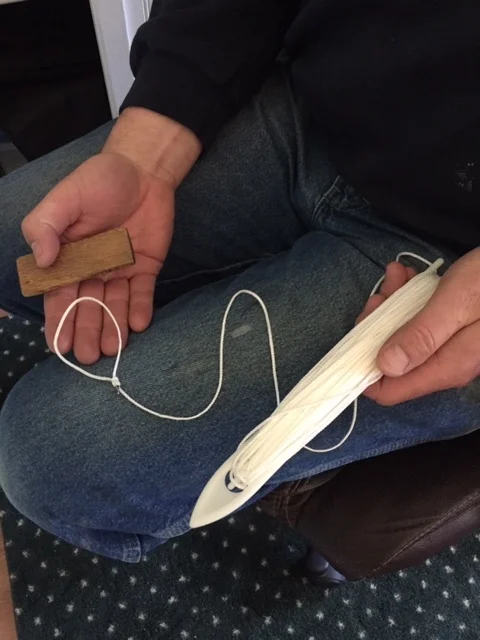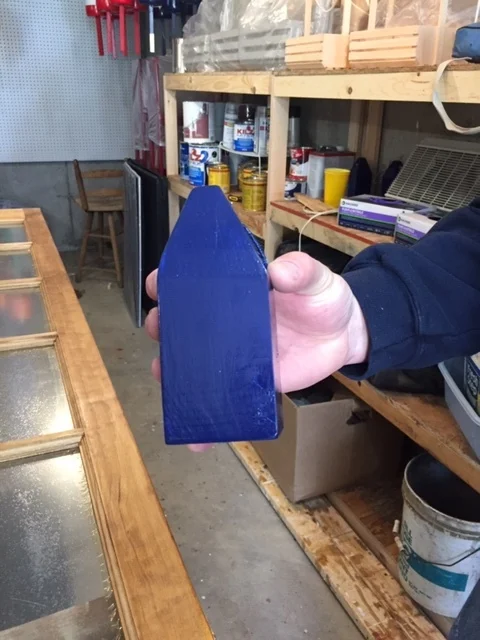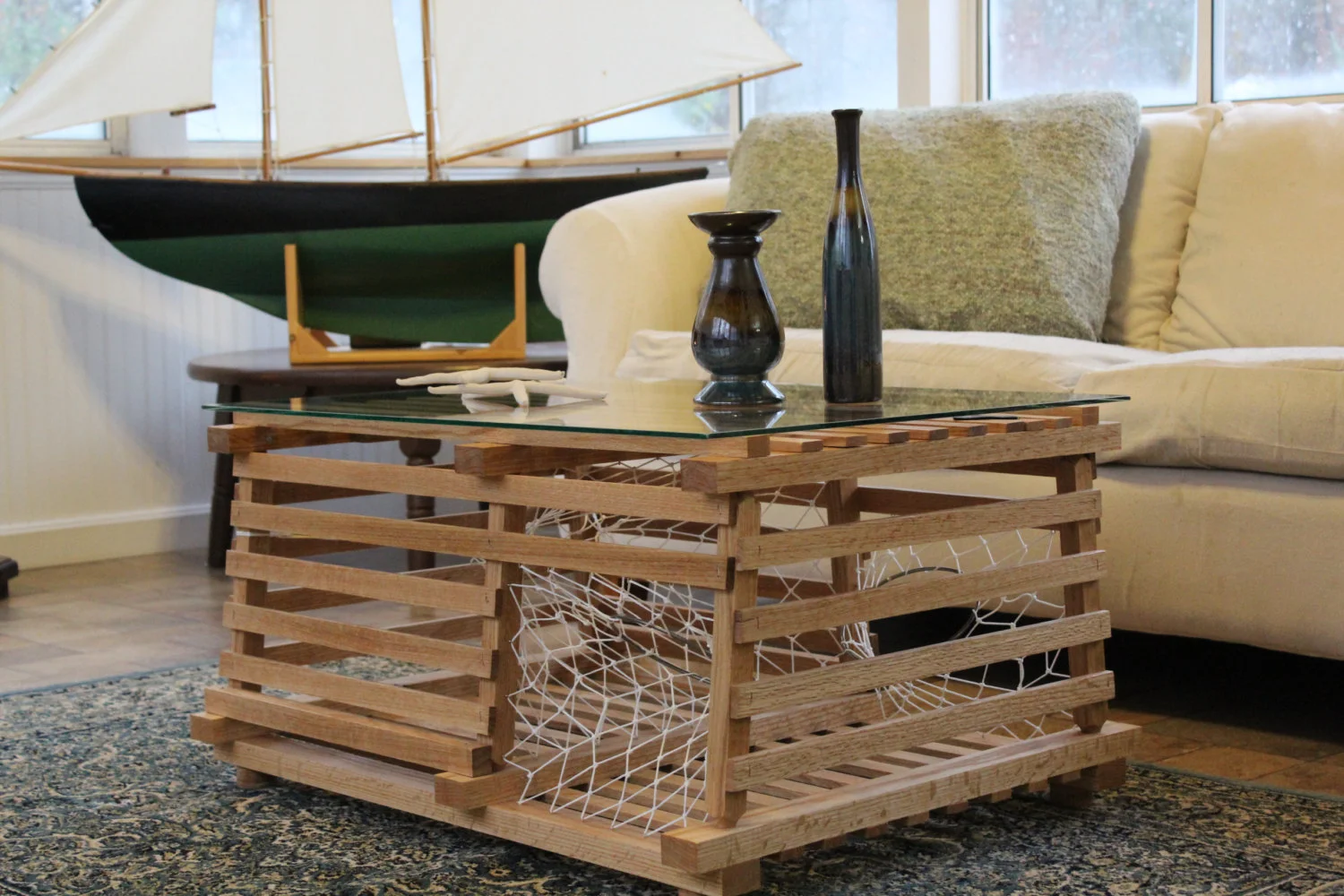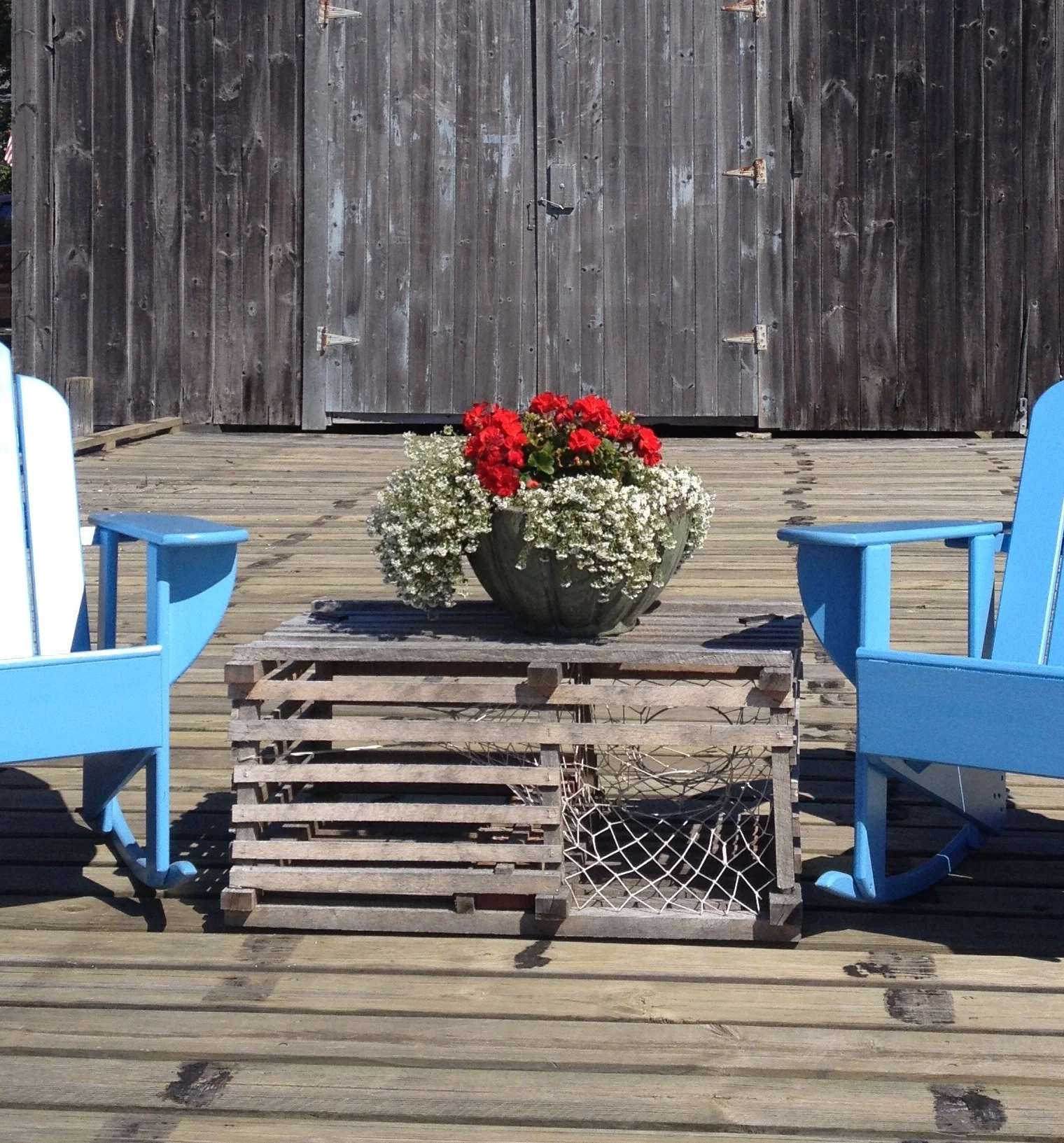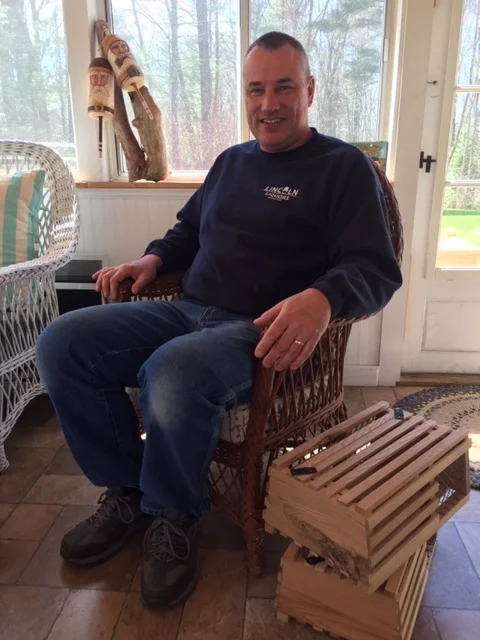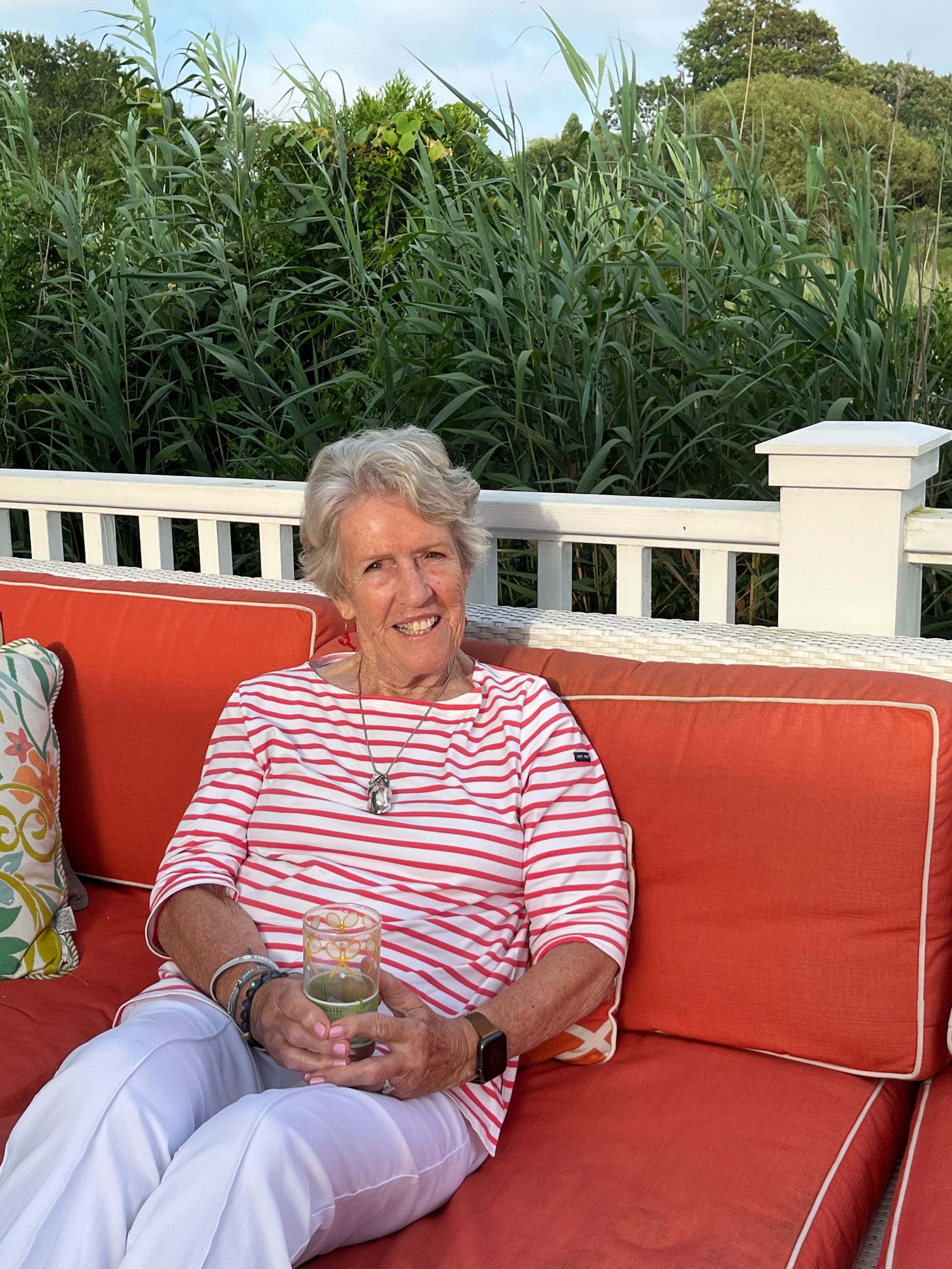A TRUE MAINER
/When you grow up in the coastal village of Cape Porpoise playing hockey on Shawmut Pond … when you buy your first lobster boat at 14 before even receiving your Kennebunk High School diploma … when you know the difference between an Emmons versus a Daggett lobster trap … and when your aunts and uncles are named Bradbury …. you’re not only wicked good, but a true Mainer. That’s Chip Howarth.
I’ll never be known as a true Mainer, despite owning property here almost 35 years. But neither was Barbara Bush who, when she spoke at a centennial celebration of the Kennebunk River Club years ago, announced, “I’ve been coming to Maine for decades, but I’ll always be considered ‘from away.’”
Chip Howarth, master craftsman of decorative wooden lobster traps sold nationwide on Amazon and Etsy, grew up here. As a boy he worked summers at his uncle’s store, Bradbury Brothers Market, stocking shelves. He applied for his commercial lobstering license at 14 and learned to use twisted nylon twine to knit “heads,” the netting or funnel inside a trap. Today the lefty can knit two sides and one parlor “head” in less than 40 minutes.
Howarth even met his future wife Chrissy in a lobster pound. “She was picking lobster meat in the back room of Port Lobster, I’d come from in from hauling traps and was still wearing my rubber boots. We got married six years later,” the Kennebunkport resident says.
For the past 21 years, the former lobsterman has served as a full-time fireman and paramedic with the Old Orchard Beach Fire Department. But five years ago he decided “to expand his tool collection” and take up woodworking part-time. “My dad was a fix-it man and I grew up working with him around the house, adding additions and learning electrical wiring,” Howarth says. “Making wooden lobster traps reminds me of the joy I had when I was out there on the water.”
Howarth’s workshop sits in a building adjacent to his Kennebunkport home (and 15 feet from a neatly-stacked high woodpile that should keep the family warm through 2021, at least). With mounds of sawdust nestling beneath his table saw, it’s immediately apparent this is a working man’s shop. Piles of red oak and pine slats stand ready to be nailed together. The variety of tools hanging from a pegboard wall prove Howarth lacks nothing when he turns on the overhead lights in the 20x24 insulated shop and starts building.
In addition to full-size wooden lobster trap tables, Howarth also builds mini-traps that have been purchased as table centerpieces for lobster bakes and weddings. One happy mother-of-the-bride recently ordered 50.
For another wedding, Howarth carved and painted six-inch-high buoys that were used to indicate table numbers. His Christmas-themed buoys are a sell-out during December craft fairs. “Everything I make can be finished in different colors or stained,” he says. “And then shipped throughout the country.”
“I make all my traps by hand,” Howarth says. “They are all authentic in shape and size, and I apply my lifelong knowledge of lobstering when I create each piece.” Asked about the difference between Daggett and Emmons traps, Howarth quickly explains, “An Emmons trap features slanted sides, and a Daggett model is more rectangular.” This Mainer knows his stuff.
Howarth enjoys knowing that one of his lobster trap tables decorated a Congressman’s office on Capital Hill. He laughs recalling that another order for his Maine traps went to a seafood restaurant in Tulsa, Oklahoma. “They actually bought two! What’s up with that?”
Howarth takes pride in building “authentic Maine products. Today most lobstermen use wire traps. They’re lighter, and superior in weight and maintenance. But it’s kind of sad that the old wooden traps have all gone away.”
Not completely. Chip Howarth is keeping a venerable Maine product alive.

